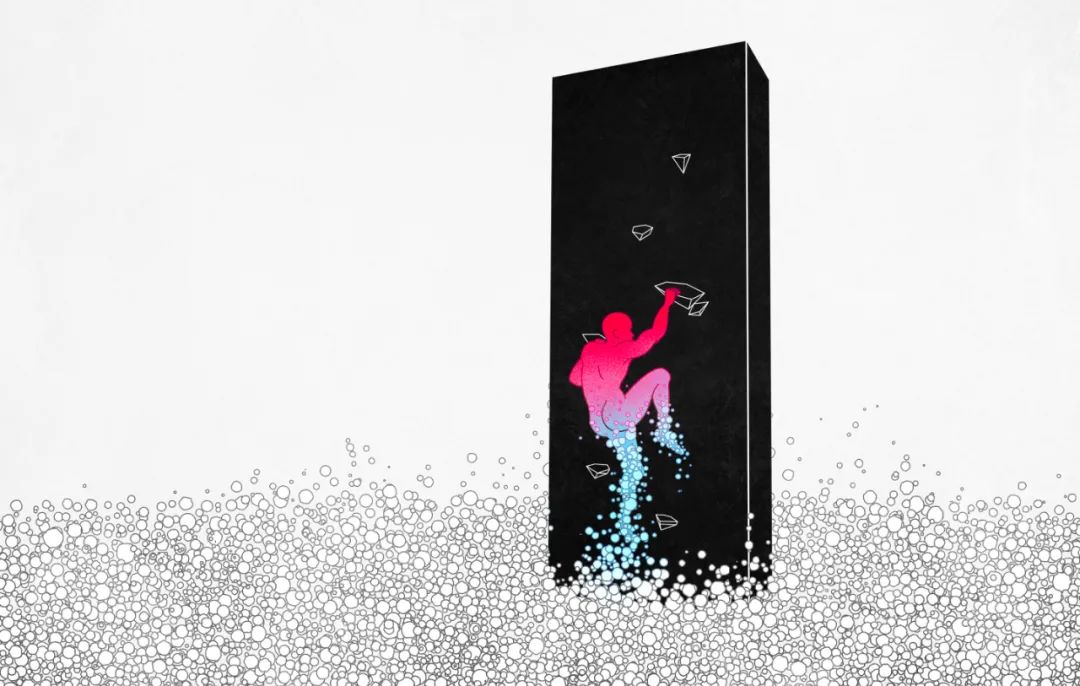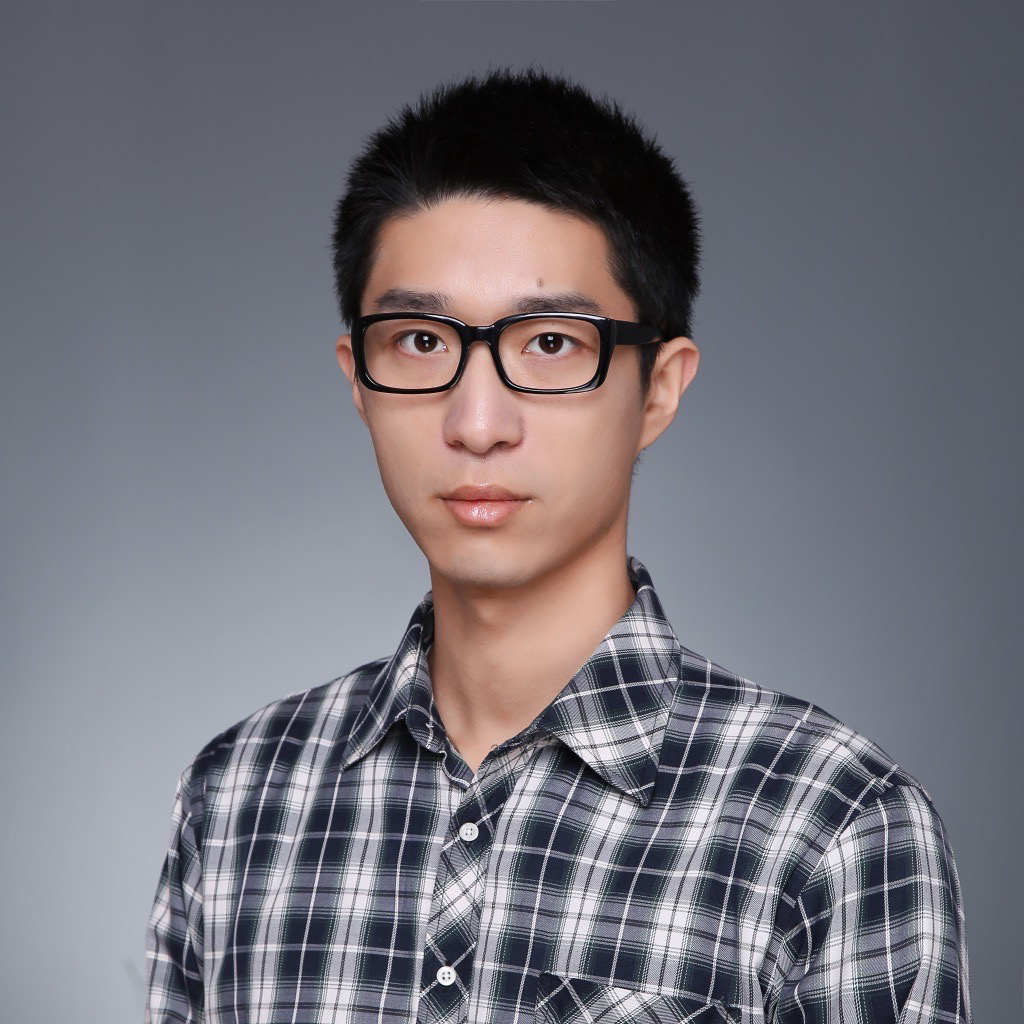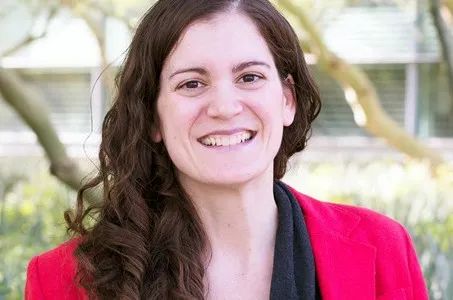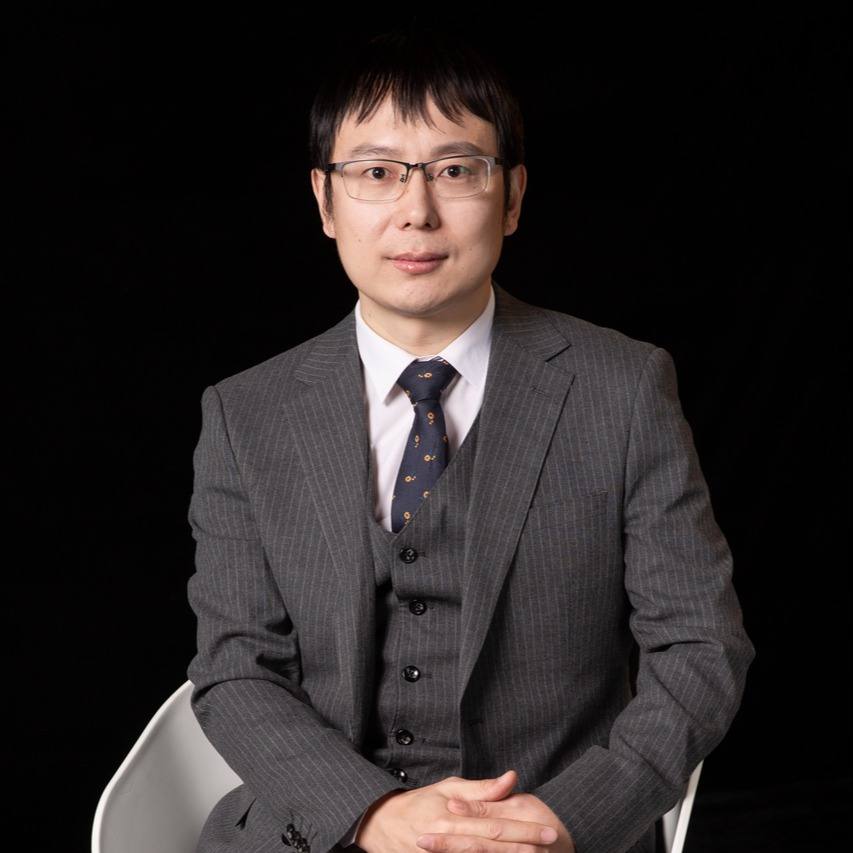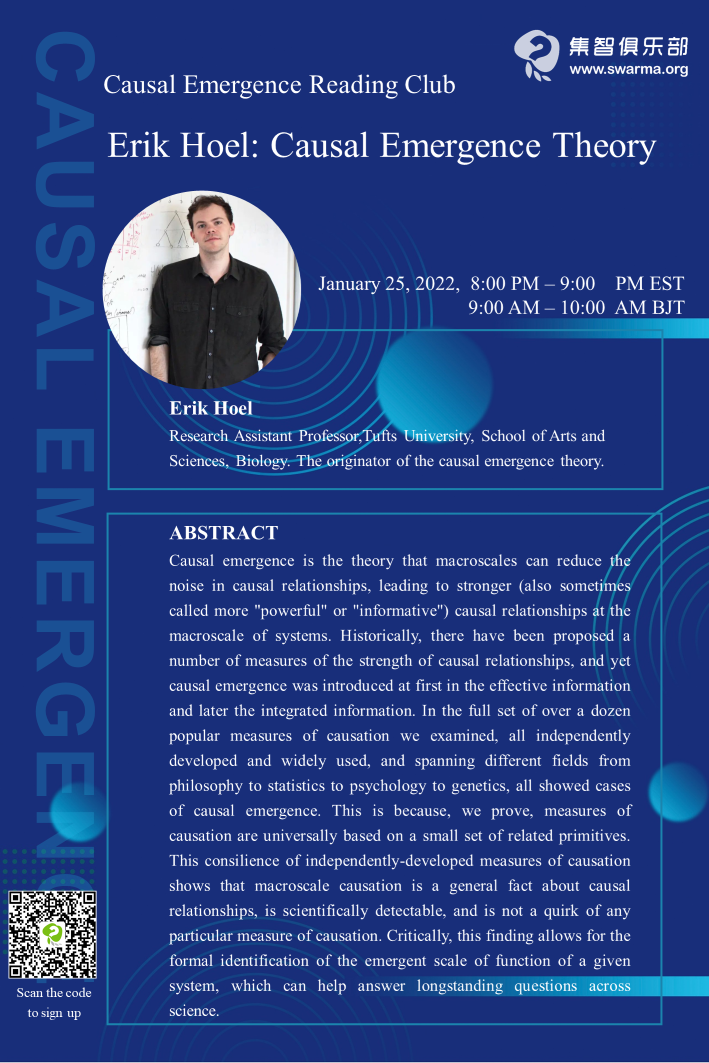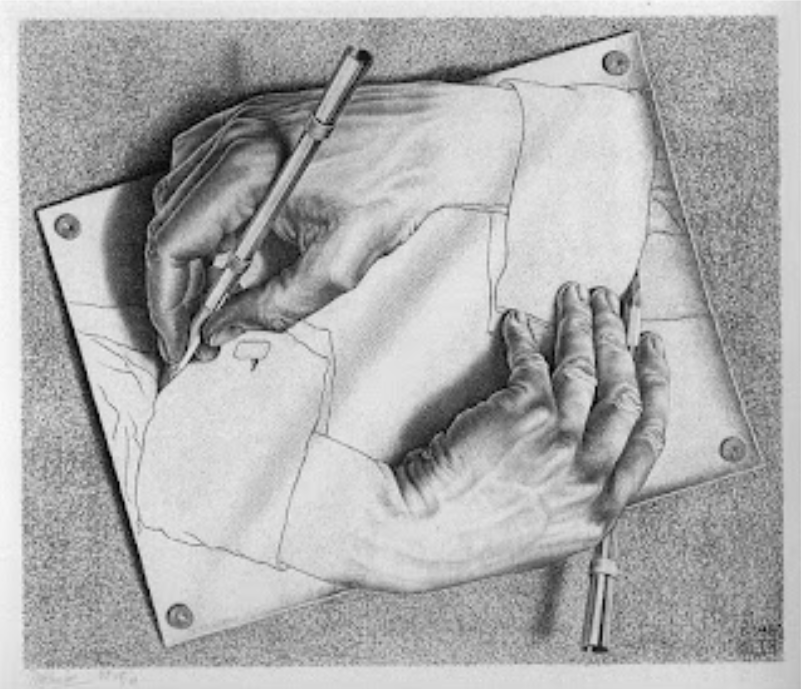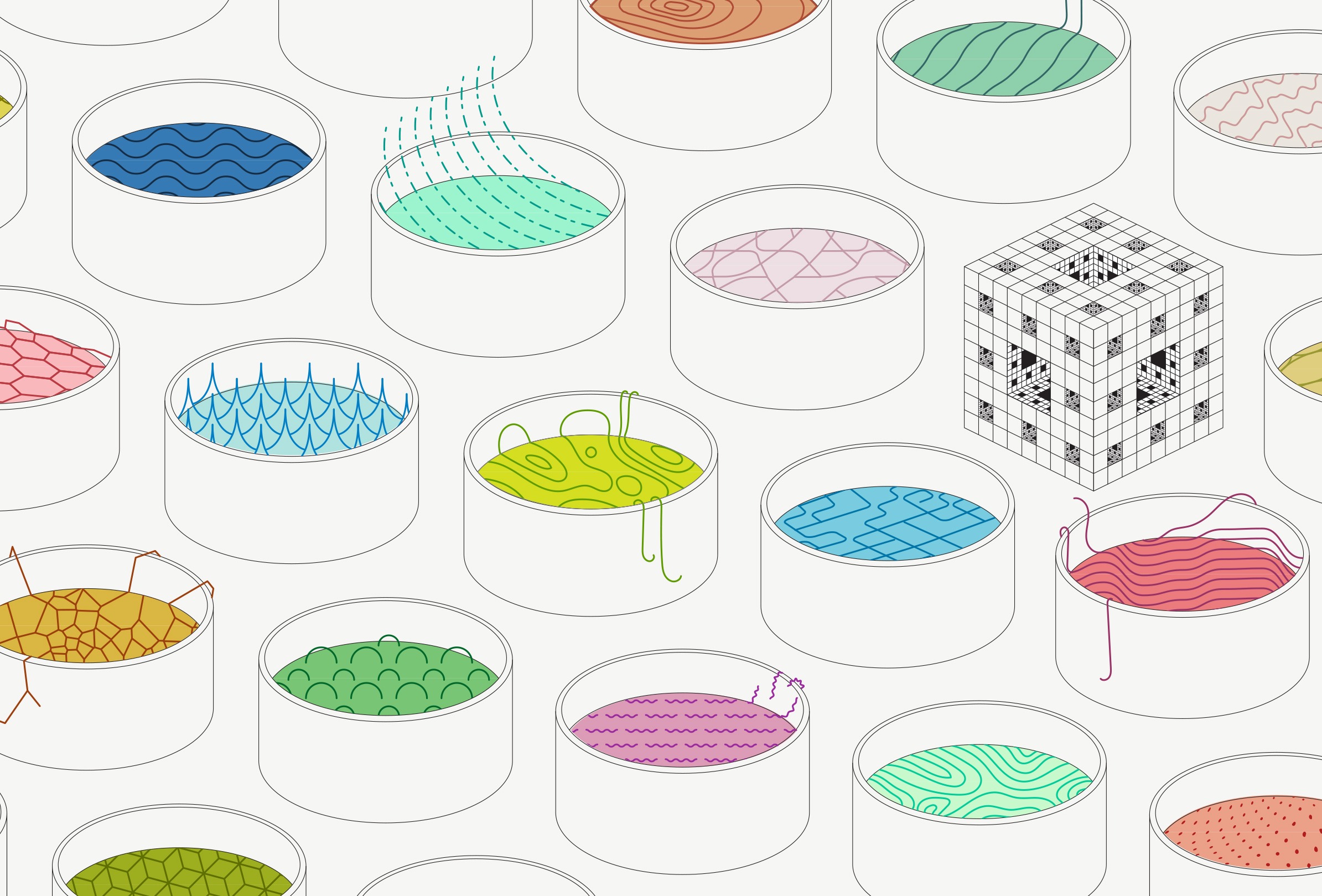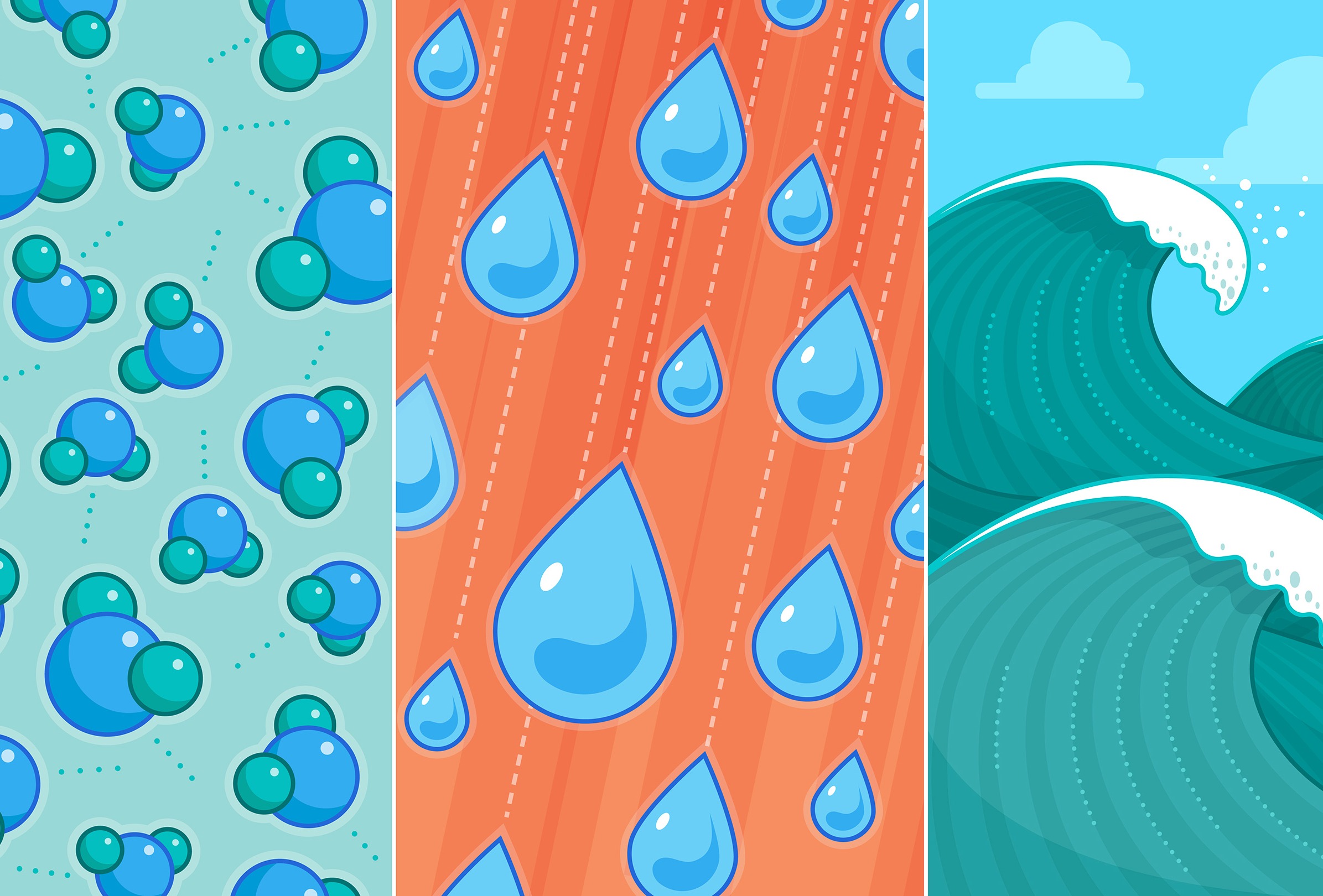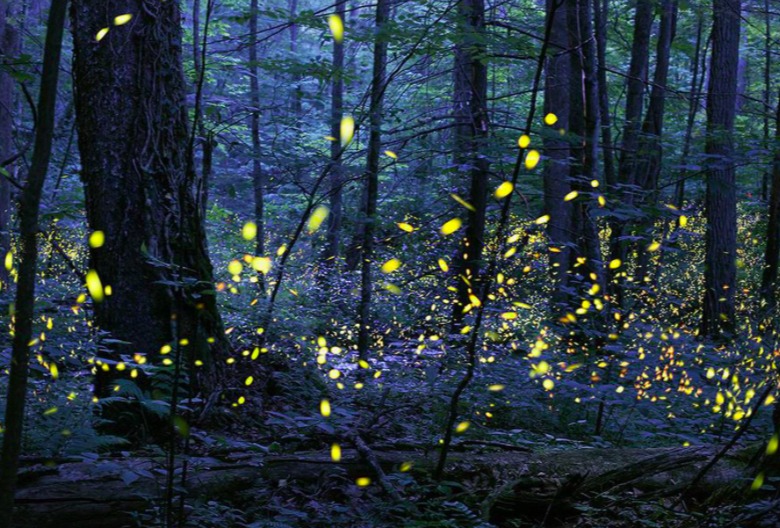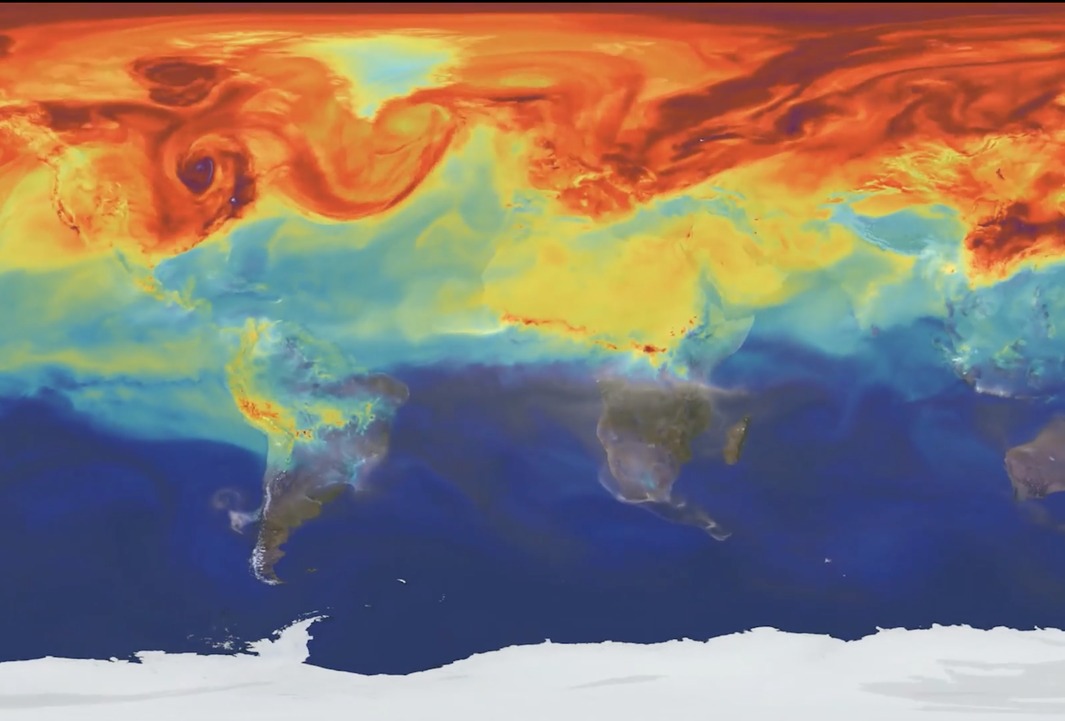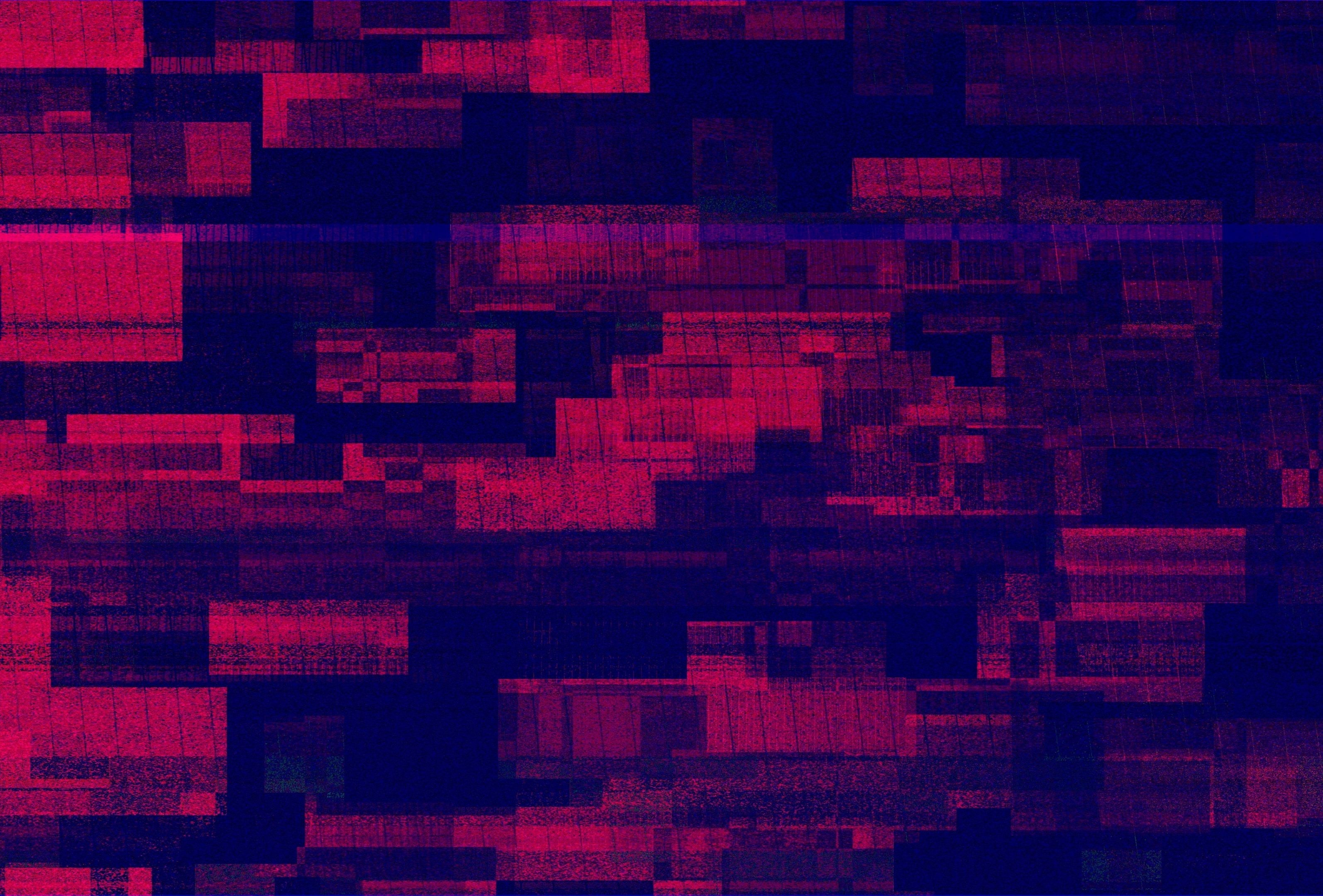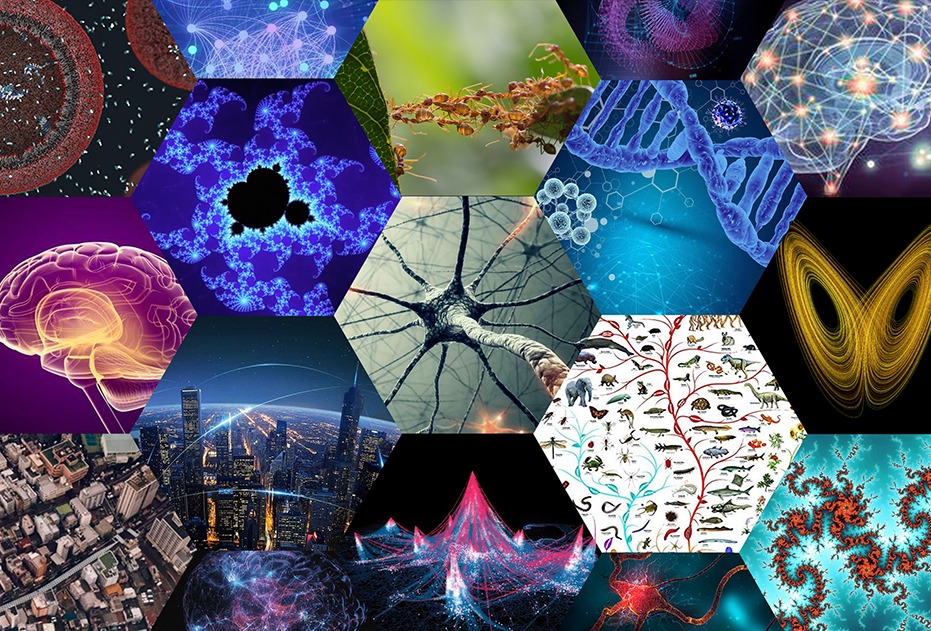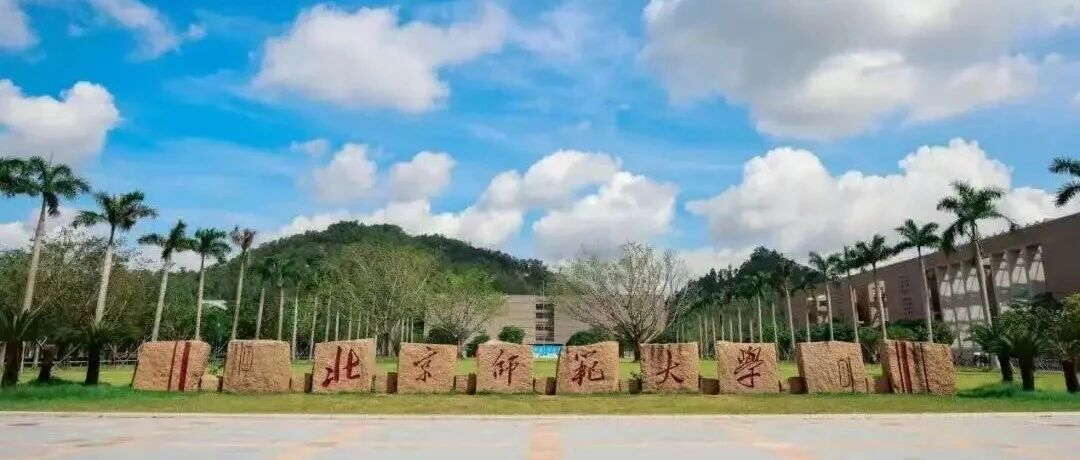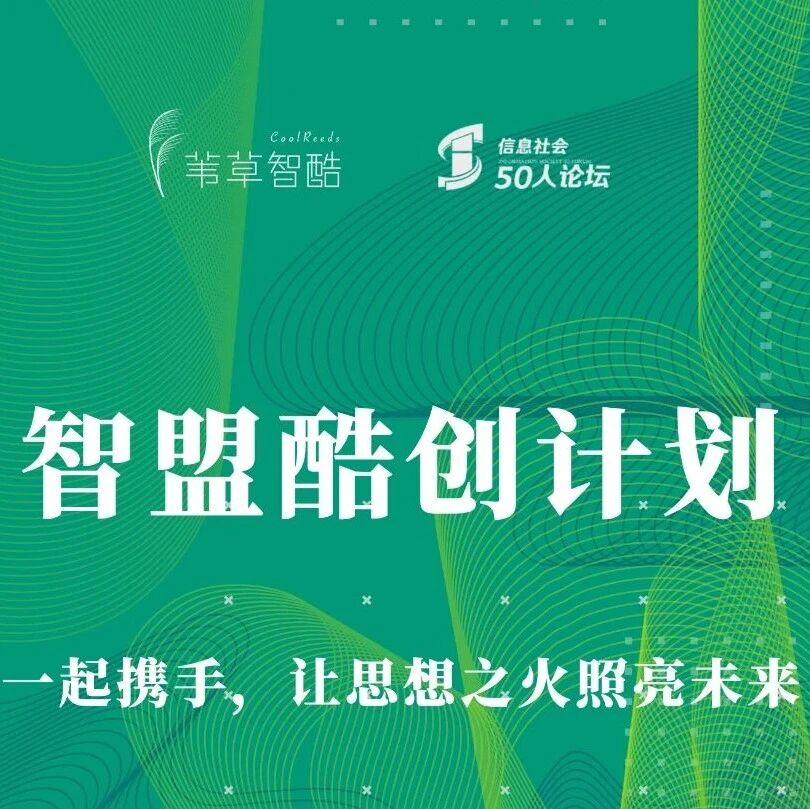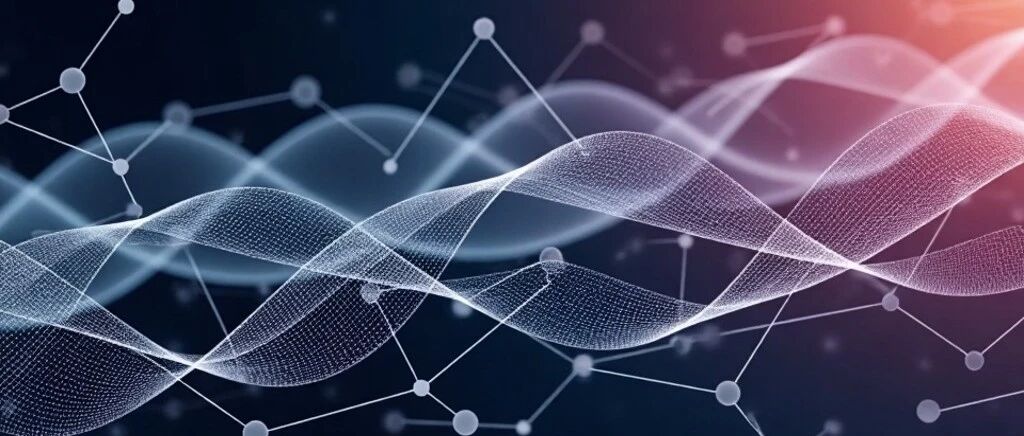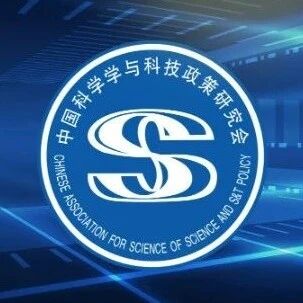在2013年,塔夫茨大学助理教授Erik Hoel与其导师Giulio Tononi提出了因果涌现理论(Causal Emergence Theory),使用有效信息(Effective Information)这一工具度量系统的因果信息,从而展现了宏观表述在因果信息上的潜在优势。
因果涌现社区成员、亚利桑那州立大学在读博士章彦博应社区成员需求,邀请塔夫茨大学助理教授Erik Hoel发起了因果涌现主题活动。该活动为集智俱乐部「因果涌现」系列读书会的附加活动,拟于美国东部时间1月25日(8PM~9PM),北京时间1月26日(9AM~10AM)线上开展。欢迎扫描文中二维码,点击「报名本次直播」参加!
由北京师范大学教授、集智俱乐部创始人张江等发起的「因果涌现」系列读书会已于2021年8月14日启动。希望借助因果涌现理论、机器学习重整化技术、自指动力学等近年来新兴的理论与工具破解复杂系统的涌现规律。读书会社群长期可报名参与,欢迎对本话题感兴趣的朋友报名参加!详情与参与方式见文末。
因果涌现理论认为,宏观尺度可以减少因果关系中的噪音,从而在系统的宏观尺度上形成更强的因果关系(有时也称为更有力或更有信息量的因果关系)。过去,人们已经提出了许多度量因果关系强度的方法。而今,因果涌现首先基于有效信息(effective information)提出,而后又在整合信息(integrated information)的框架下观察到。
我们研究了十几种因果关系度量的方法,这些方法都独立创建且广泛使用,应用范围涵盖了哲学、统计学、心理学,乃至基因组学。在所有的这些度量之中,都可以发现因果涌现的案例。
这是因为,我们证明,因果关系的度量普遍基于少量的相关基元。这种独立的因果关系度量方法背后的一致性表明,宏观因果关系是一个关于因果关系的普遍事实,是科学可检测的,而不是任何特定因果关系度量的特例。
最重要的是,这一发现使得在给定系统动力学下,形式化定义涌现的尺度成为可能。这有助于回答科学中长期存在的一系列问题。
在2013年,塔夫茨大学助理教授Erik Hoel与其导师Giulio Tononi提出了因果涌现理论(Causal Emergence Theory)。在论文《量化因果涌现表明:宏观可以战胜微观》中,基于信息论定义了一种对因果关系的度量方法,即“有效信息”(effective information),并对简单系统在微观和宏观尺度上分别计算其有效信息。结果发现,当粗粒化处理后的宏观机制相比于底层微观机制具有更高的有效信息,也就是发生因果涌现时,宏观尺度上的模型可以更有效地对系统中的因果关系进行建模。
本次报告会由「因果涌现」理论的提出者之一Erik Hoel来分享关于「因果涌现」的最新研究工作和进展,帮助大家梳理因果涌现当前的框架和可探索的一些课题。
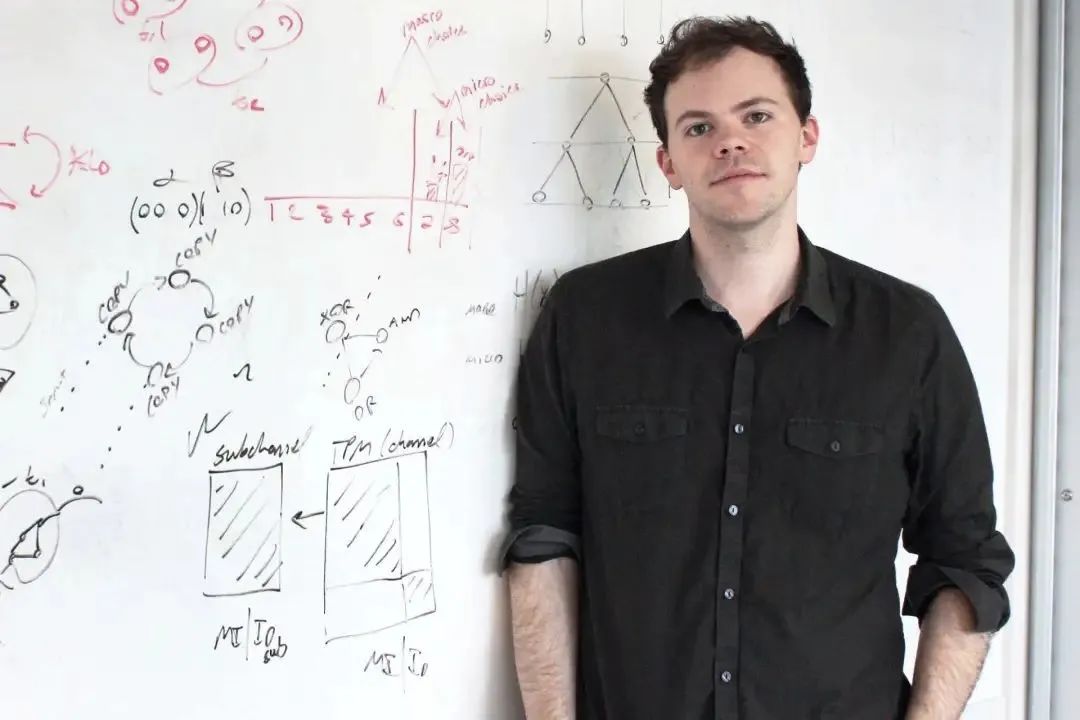
Erik Hoel,威斯康星大学麦迪逊分校博士,塔夫茨大学助理教授,哥伦比亚大学理论神经科学家,同时也是因果涌现理论提出者之一。他致力于运用信息论和因果分析来探索意识的生物学基础,理解涌现的本质。研究问题为如何利用复杂性和信息论来测量意识与无意识之间的神经差异、因果结构如何跨尺度变化、信息论指标如何捕捉和量化宏观尺度上的因果涌现。
个人主页 https://facultyprofiles.tufts.edu/erik-hoel。
参考文献:
-
Hoel E P, Albantakis L, Tononi G. Quantifying causal emergence shows that macro can beat micro[J]. Proceedings of the National Academy of Sciences, 2013, 110(49): 19790-19795.
-
Hoel E P, Albantakis L, Marshall W, et al. Can the macro beat the micro? Integrated information across spatiotemporal scales[J]. Neuroscience of Consciousness, 2016, 2016(1).
-
Hoel E P. When the map is better than the territory[J]. Entropy, 2017, 19(5): 188.
-
Klein B, Hoel E. The emergence of informative higher scales in complex networks[J]. Complexity, 2020, 2020.
时间:
美国东部时间:2022年1月25日(周二)晚上8:00-9:00
北京时间:2022年1月26日(周二)上午9:00-10:00
集智俱乐部 B 站免费直播(点击文末“阅读原文”或扫描下方二维码即可报名)。
章彦博,毕业于中国科学技术大学物理系,美国亚利桑那州立大学 复杂系统博士在读,集智-凯风研读营学者,研究方向:统计物理、复杂系统等,曾在瑞典Karolinska医学院进行访问交流。

张江,北京师范大学系统科学学院教授、集智俱乐部创始人、集智学园创始人。主要研究领域包括复杂网络与机器学习、复杂系统分析与建模、计算社会科学等。其开创的集智俱乐部是国内外知名的学术社区,致力于复杂系统、人工智能等多领域的跨学科交流与合作。
Sara Walker,生物设计进化机制研究中心(Biodesign Center for Mechanisms of Evolution)副教授,地球与空间探索学院(School of Earth and Space Exploration)助理教授 ,ASU-SFI生物社会复杂系统中心(ASU-SFI Center for Biosocial Complex Systems)副主任,主要感兴趣的问题为生命起源,是否存在能够普遍描述地球和其他行星生命的“生命法则”。
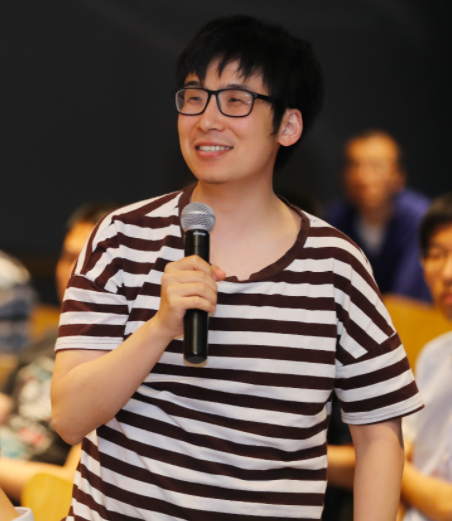
尤亦庄,加州大学圣地亚哥分校助理教授。主要研究领域:量子多体物理,及其演生现象和临界现象。
岳玉涛,集萃深度感知技术研究所创始人、所长。主要研究兴趣包括计算建模与人工智能、雷达视觉融合、电磁场、AGI等。
主持人:杨二茶,清华大学经济管理学院博士在读,研究领域:创新创业、因果推断和社会网络分析。
跨尺度、跨层次的涌现是复杂系统研究的关键问题,生命起源和意识起源这两座仰之弥高的大山是其代表。而因果涌现理论、机器学习重整化技术、自指动力学等近年来新兴的理论与工具,有望破解复杂系统的涌现规律。由北京师范大学教授、集智俱乐部创始人张江等发起的「因果涌现」系列读书会,将组织对本话题感兴趣的朋友,深入研读相关文献,激发科研灵感。
读书会线上进行,目前已经结束,但可观看往期回放链接。
扫码报名
第一步:扫码填写报名信息
第二步:填写信息后,进入付款流程,提交保证金299元。(符合退费条件后可退费)
第三步:添加负责人微信,拉入对应的读书会讨论群
(我们也会对每次分享的内容进行录制,剪辑后发布在集智学园官网上,供读书会成员回看)
I. 因果涌现理论
-
Cosma Rohilla Shalizi and Cristopher Moore. “What Is a Macrostate? Subjective Observations and Objective Dynamics.” ArXiv:Cond-Mat/0303625, March 29, 2003. http://arxiv.org/abs/cond-mat/0303625.
-
Erik Hoel. “When the Map Is Better Than the Territory.” Entropy 19, no. 5 (April 26, 2017): 188. https://doi.org/10.3390/e19050188
-
E. P. Hoel, L. Albantakis, and G. Tononi. “Quantifying Causal Emergence Shows That Macro Can Beat Micro.” Proceedings of the National Academy of Sciences 110, no. 49 (December 3, 2013): 19790–95. https://doi.org/10.1073/pnas.1314922110.
-
Thomas Varley and Erik Hoel. Emergence as the conversion of information: A unifying theory[J]. https://arxiv.org/pdf/2104.13368.pdf
-
L. Barnett and A. K. Seth. Dynamical independence: discovering emergent macroscopic processes in complex dynamical systems[J]. https://arxiv.org/pdf/2106.06511.pdf
-
Fernando E. Rosas, et al. Reconciling emergences: An information-theoretic approach to identify causal emergence in multivariate data[J]. https://arxiv.org/abs/2004.08220
II. 因果涌现应用
-
Klein, Brennan, and Erik Hoel. “The Emergence of Informative Higher Scales in Complex Networks.” ArXiv:1907.03902 [Physics], January 21, 2020. http://arxiv.org/abs/1907.03902.
-
Klein, Brennan, and Erik Hoel. “Uncertainty and Causal Emergence in Complex Networks.” ArXiv:1907.03902 [Physics], July 8, 2019. http://arxiv.org/abs/1907.03902.
-
Griebenow, Ross, Brennan Klein, and Erik Hoel. “Finding the Right Scale of a Network: Efficient Identification of Causal Emergence through Spectral Clustering.” ArXiv:1908.07565 [Physics], August 20, 2019. http://arxiv.org/abs/1908.07565.
-
Simon Mattsson, Eric J. Michaud, and Erik Hoel. “Examining the Causal Structures of Deep Neural Networks Using Information Theory.” ArXiv:2010.13871 [Cs], October 26, 2020. http://arxiv.org/abs/2010.13871.
-
Hoel, Erik, and Michael Levin. “Emergence of Informative Higher Scales in Biological Systems: A Computational Toolkit for Optimal Prediction and Control.” Communicative & Integrative Biology 13, no. 1 (January 1, 2020): 108–18. https://doi.org/10.1080/19420889.2020.1802914.
-
Chvykov, Pavel, and Erik Hoel. “Causal Geometry.” ArXiv:2010.09390 [Hep-Th, Physics:Physics], October 19, 2020. http://arxiv.org/abs/2010.09390.
-
Bogdan-Eduard-MădălinMursa,LauraDioşan,AncaAndreica:Network motifs: A key variable in the equation of dynamic flow between macro and micro layers in Complex Networks,Knowledge-Based Systems Volume 213, 15 February 2021, 106648
III. 相关
-
Sloopy Model: https://www.lassp.cornell.edu/sethna/Sloppy/
-
Gutenkunst, Ryan N., Joshua J. Waterfall, Fergal P. Casey, Kevin S. Brown, Christopher R. Myers, and James P. Sethna. “Universally Sloppy Parameter Sensitivities in Systems Biology Models.” PLoS Computational Biology 3, no. 10 (2007): e189. https://doi.org/10.1371/journal.pcbi.0030189.
-
Machta, B. B., R. Chachra, M. K. Transtrum, and J. P. Sethna. “Parameter Space Compression Underlies Emergent Theories and Predictive Models.” Science 342, no. 6158 (November 1, 2013): 604–7. https://arxiv.org/pdf/1303.6738.
Machine Learning and Renormalization
-
Li, Shuo-Hui, and Lei Wang. “Neural Network Renormalization Group.” Physical Review Letters 121, no. 26 (December 26, 2018). https://doi.org/10.1103/PhysRevLett.121.260601.
-
HY Hu, SH Li, L Wang, YZ You Machine learning holographic mapping by neural network renormalization group – Physical Review Research, 2020. https://journals.aps.org/prresearch/pdf/10.1103/PhysRevResearch.2.023369
-
Hong-Ye Hu, Dian Wu, Yi-Zhuang You, Bruno Olshausen, Yubei Chen: RG-Flow: A hierarchical and explainable flow model based on renormalization group and sparse prior, https://arxiv.org/pdf/2010.00029.pdf
-
Koch-Janusz, M., Ringel, Z. Mutual information, neural networks and the renormalization group. Nature Phys 14, 578–582 (2018). https://www.nature.com/articles/s41567-018-0081-4
-
Shuo-Hui Li : Learning Non-linear Wavelet Transformation via Normalizing Flow, https://arxiv.org/abs/2101.11306
-
Tononi, Giulio, Melanie Boly, Marcello Massimini, and Christof Koch. “Integrated Information Theory: From Consciousness to Its Physical Substrate.” Nature Reviews Neuroscience 17, no. 7 (July 2016): 450–61. https://doi.org/10.1038/nrn.2016.44.
-
David Krakauer: The information theory of individuality, https://link.springer.com/article/10.1007/s12064-020-00313-7#Sec10
-
Packard, N. H., J. P. Crutchfield, J. D. Farmer, and R. S. Shaw. “Geometry from a Time Series.” Physical Review Letters 45, no. 9 (September 1, 1980): 712–16. https://doi.org/10.1103/PhysRevLett.45.712.
-
Shalizi, Cosma Rohilla, Kristina Lisa Shalizi, and James P. Crutchfield. “An Algorithm for Pattern Discovery in Time Series.” ArXiv:Cs/0210025, November 26, 2002. http://arxiv.org/abs/cs/0210025.
-
Kim J. Emergence: Core ideas and issues[J]. Synthese, 2006, 151(3): 547-559.
-
Kivelson S, Kivelson S A. Defining emergence in physics[J]. NPJ Quantum Materials, 2016, 1(1): 1-2.
-
Bonabeau E. Predicting the unpredictable[J]. Harvard Business Review, 2002, 80(3): 109-116.
IV. 自指
-
Naoto Kataoka and Kunihiko Kaneko. Functional Dynamics. I: Articulation Process[J]. Physica D: Nonlinear Phenomena, 2000,138(3-4): 225–50. https://doi.org/10.1016/S0167-2789(99)00230-4.
-
Naoto Kataoka and Kunihiko Kaneko. Functional Dynamics: II: Syntactic Structure[J]. Physica D: Nonlinear Phenomena, 2001,149(3): 174–196. https://doi.org/10.1016/S0167-2789(00)00203-7.
-
Walker, S. I., Cisneros, L., and Davies, P. C. W.. Evolutionary Transitions and Top-Down Causation[A]. Proceedings of the ALIFE 2012: The Thirteenth International Conference on the Synthesis and Simulation of Living Systems[C]. East Lansing, Michigan: ASME, 2012, 283-290. https://doi.org/10.1162/978-0-262-31050-5-ch038
-
Theodore P. Pavlic, Alyssa M. Adams, Paul C. W. Davies, et al. Self-referencing cellular automata: A model of the evolution of information control in biological systems[J]. 2014. https://arxiv.org/pdf/1405.4070.pdf
-
Nomura T. Formal description of autopoiesis for analytic models of life and social systems[C]//Proc. 8th Int. Conf. Artificial Life (ALIFE VIII). 2002: 15-18. https://dl.acm.org/doi/10.5555/860295.860299
-
Hofmeyr J H S. A biochemically-realisable relational model of the self-manufacturing cell[J]. Biosystems, 2021: 104463.
-
Letelier, J. C., Marı́n, G., & Mpodozis, J. (2003). Autopoietic and (M,R) systems. Journal of Theoretical Biology, 222(2), 261–272. doi:10.1016/s0022-5193(03)00034-1
-
Gánti T. Chemoton theory: theory of living systems[M]. Springer Science & Business Media, 2003.
推荐阅读
点击“阅读原文”,即可报名直播
